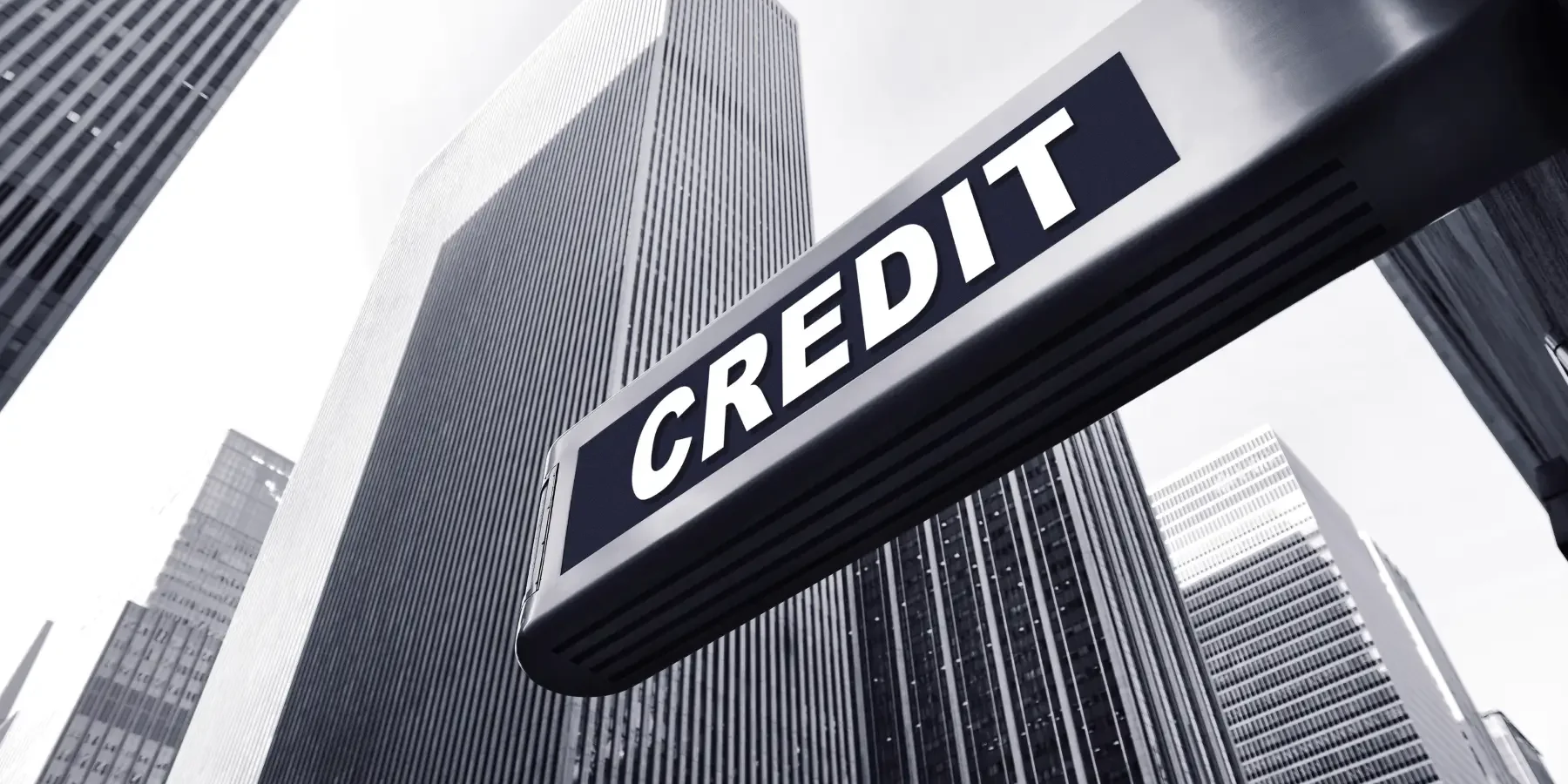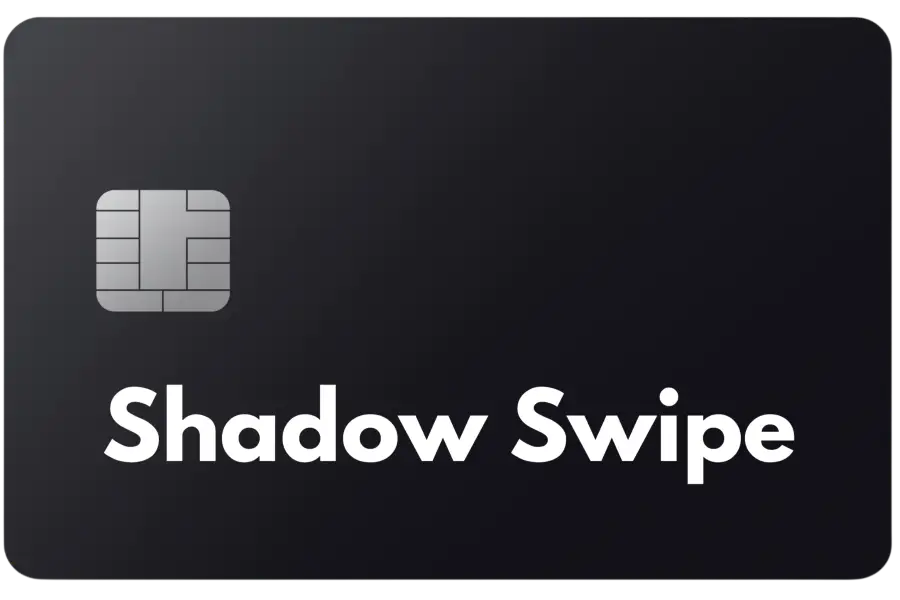Credit Card Surcharging: A Strategic Tool for Merchants and the Difference from Cash Discounting

Introduction
In an increasingly digital economy, credit and debit card transactions have become the backbone of commerce, offering convenience for consumers and reliability for merchants. However, the costs associated with processing these transactions—often 2–4% of each sale—can significantly erode profit margins, particularly for small businesses. To address this, merchants are turning to strategies like credit card surcharging and cash discounting to offset processing fees. This article explores how surcharging can benefit merchants, the legal and practical considerations involved, and the key differences between surcharging and cash discounting. At approximately 2,000 words, it provides a comprehensive guide for merchants navigating these cost-saving tools in 2025.
Understanding Credit Card Processing Fees
Credit card processing fees are charges imposed by payment processors, card networks (e.g., Visa, Mastercard), and issuing banks to facilitate card transactions. These fees typically include:
- Interchange Fees: Paid to the card-issuing bank, usually 1.5–3% of the transaction amount.
- Assessment Fees: Charged by card networks, around 0.1–0.2% per transaction.
- Processor Fees: Additional charges by the payment processor, which may include flat per-transaction fees or a percentage of the sale.
For a $100 transaction, a merchant might pay $2–$4 in fees, a significant burden for low-margin businesses like restaurants, convenience stores, or small retailers. With U.S. merchants spending over $100 billion annually on processing fees, strategies to mitigate these costs are critical.
What Is Credit Card Surcharging?
Credit card surcharging allows merchants to pass on the cost of credit card processing fees to customers who pay with a credit card. For example, a merchant might add a 3% surcharge to a $100 purchase, increasing the total to $103. This fee is explicitly disclosed to the customer at the point of sale, ensuring transparency.
Surcharging gained traction after a 2013 settlement between merchants and card networks, which lifted restrictions on surcharging in many states, subject to specific rules. By 2025, surcharging is legal in most U.S. states, though regulations vary, and some states, like Connecticut and Massachusetts, still impose restrictions. Federal laws and card network rules also govern surcharging, requiring compliance with strict guidelines to avoid penalties.
Benefits of Surcharging for Merchants
1. Cost Recovery and Improved Profit Margins
The most direct benefit of surcharging is the ability to recover processing fees, preserving profit margins. For small businesses operating on thin margins—often 5–10% in industries like retail or hospitality—surcharging can be a game-changer. For example, a restaurant processing $500,000 in annual credit card sales with a 3% fee could save $15,000 by passing those costs to customers. This additional revenue can be reinvested in staffing, inventory, or business expansion.
2. Encouraging Cash or Alternative Payments
Surcharging incentivizes customers to use lower-cost payment methods, such as cash, debit cards, or digital wallets like ACH transfers. While credit card transactions dominate, with over 40% of U.S. payments made by card in 2024, surcharging can shift consumer behavior. A customer facing a 3% surcharge might opt for cash, reducing the merchant’s overall processing costs.
3. Transparency and Fairness
Surcharging promotes transparency by clearly disclosing the cost of credit card processing to customers. Unlike raising prices across the board to cover fees, which impacts all customers, surcharging targets only those using credit cards. This approach is perceived as fairer, as customers who choose cash or debit avoid additional costs, aligning with the principle that users of a service should bear its cost.
4. Competitive Advantage
Merchants who implement surcharging can maintain lower base prices compared to competitors who absorb processing fees. This allows them to attract price-sensitive customers while still covering costs. For example, a vape shop in Texas might advertise lower prices than a competitor, with a surcharge clearly noted for credit card payments, appealing to both cash and card users.
5. Adaptability to High-Risk Industries
High-risk industries, such as hemp retailers or vape shops, often face elevated processing fees due to regulatory scrutiny. Surcharging is particularly valuable in these sectors, where fees can reach 5–6% per transaction. By passing these costs to customers, merchants can maintain viability despite operating in challenging regulatory environments, such as Texas under the proposed 2025 hemp ban.
Legal and Practical Considerations for Surcharging
Compliance with Card Network Rules
Card networks like Visa and Mastercard impose strict surcharging rules, including:
- Cap on Surcharges: Surcharges cannot exceed the merchant’s actual processing cost or 4%, whichever is lower.
- Disclosure Requirements: Merchants must clearly disclose surcharges at the point of sale and on receipts, using signage or verbal notification.
- Non-Discrimination: Surcharges must apply uniformly to all credit card brands, not just specific networks like American Express.
- State Compliance: Merchants must adhere to state laws, which may prohibit or limit surcharging. For example, California’s Assembly Bill 767, effective January 2025, requires merchants to include surcharges in advertised prices to avoid “drip pricing” lawsuits.
Non-compliance can result in fines, loss of processing privileges, or legal action, making it essential for merchants to partner with knowledgeable payment processors.
Customer Perception and Communication
Surcharging can lead to customer pushback if not communicated effectively. Studies show that 60% of consumers dislike surcharges, though acceptance increases with clear signage and explanations. Merchants should train staff to explain surcharges as a necessary response to rising processing costs, emphasizing that cash payments avoid the fee. Digital point-of-sale systems can also automate surcharge calculations and disclosures, reducing friction.
Technology and Implementation Costs
Implementing surcharging requires compatible point-of-sale (POS) systems and payment processors that support automated surcharge application. While many modern POS systems, like Square or Clover, offer surcharge functionality, merchants may incur setup costs or higher processing fees for specialized services. Small businesses must weigh these costs against potential savings.
Cash Discounting: A Key Alternative
What Is Cash Discounting?
Cash discounting is a strategy where merchants offer a discount to customers who pay with cash, check, or debit card, rather than adding a fee for credit card use. For example, a $100 item might be listed at $103, with a $3 discount for cash payments, bringing the total back to $100. Unlike surcharging, cash discounting frames the transaction as a benefit for non-credit card users rather than a penalty for credit card users.
Key Differences Between Surcharging and Cash Discounting
- Framing and Perception:
- Surcharging: Adds a fee to credit card transactions, which may feel punitive to customers.
- Cash Discounting: Offers a discount for non-credit card payments, perceived as a reward. Studies indicate that 70% of consumers prefer discounts over surcharges, even if the financial outcome is identical.
- Regulatory Environment:
- Surcharging: Subject to strict card network and state regulations, with caps and disclosure requirements.
- Cash Discounting: Faces fewer restrictions, as it’s considered a pricing strategy rather than a fee. However, merchants must still disclose the discount program and ensure compliance with state consumer protection laws.
- Implementation:
- Surcharging: Requires POS systems to add a percentage-based fee to credit card transactions, with clear signage (e.g., “3% credit card surcharge”).
- Cash Discounting: Involves listing higher prices and offering discounts at checkout for cash payments, often requiring signage like “Prices reflect a 3% cash discount.”
- Customer Impact:
- S Lillington: May alienate customers who dislike additional fees, especially in high-income areas where credit card use is prevalent.
- Cash Discounting: Appeals to cost-conscious customers but may be less effective in card-heavy markets.
- Legal Restrictions:
- Surcharging: Prohibited or restricted in some states, requiring careful legal compliance.
- Cash Discounting: Generally permissible nationwide, though merchants must avoid deceptive pricing practices.
Choosing Between Surcharging and Cash Discounting
The choice depends on the merchant’s business model, customer base, and local regulations. Surcharging is ideal for businesses with high credit card transaction volumes, as it directly offsets fees. Cash discounting suits businesses in cash-heavy markets or those aiming to avoid negative customer perceptions. For example, a Texas hemp retailer facing high processing fees might prefer surcharging to recover costs, while a convenience store might use cash discounting to encourage cash payments.
Practical Applications for Merchants
Small Retail and E-Commerce
Small retailers, such as vape shops or boutique stores, can use surcharging to offset fees that cut into narrow margins. E-commerce merchants shipping to states with surcharge bans must ensure compliance with destination state laws, potentially using cash discounting for flexibility.
High-Risk Industries
High-risk merchants, like those in the hemp or CBD industry, benefit significantly from surcharging due to elevated processing fees. For example, under Texas’ proposed 2025 hemp ban, retailers may face increased scrutiny, making surcharging a critical tool to maintain profitability.
Restaurants and Hospitality
Restaurants, with high transaction volumes and low margins, can use surcharging to cover fees on large bills. Cash discounting may be less effective, as many diners prefer card payments for convenience.
Implementation Tips
- Partner with Compliant Processors: Work with processors like Shadow Swipe that support surcharging or cash discounting.
- Clear Signage: Use prominent signs (e.g., “3% credit card surcharge” or “3% cash discount”) to ensure transparency.
- Staff Training: Educate employees to explain fees or discounts to customers, reducing confusion.
- Monitor Regulations: Stay updated on state laws and card network rules, especially in states with changing policies like California.
Challenges and Risks
Customer Retention
Both surcharging and cash discounting risk alienating customers if not implemented thoughtfully. Transparent communication and competitive base pricing can mitigate this. For example, a retailer might advertise “Cash Price: $100, Credit Card Price: $103” to clarify options.
Regulatory Compliance
Non-compliance with card network or state rules can lead to fines or lawsuits. Merchants should consult legal experts or processors to ensure adherence to regulations, particularly in states with surcharge bans.
Competitive Pressure
Competitors who absorb processing fees may attract price-sensitive customers. Merchants must balance surcharge or discount programs with competitive pricing strategies to remain viable.
Broader Implications
Economic Impact
By reducing processing costs, surcharging and cash discounting enable merchants to invest in growth, hire staff, or lower prices, benefiting local economies. The $100 billion in annual U.S. processing fees represents a significant opportunity for cost recovery.
Consumer Behavior
These strategies may accelerate the shift toward cashless alternatives like digital wallets, which often have lower fees. As consumers adapt, merchants may see long-term cost reductions.
Industry Trends
In 2025, surcharging and cash discounting are gaining popularity, with 30% of small businesses adopting these strategies, according to industry reports. As processing fees rise, these tools will become increasingly critical.
Conclusion
Credit card surcharging and cash discounting offer merchants powerful tools to offset the rising costs of payment processing, preserving profit margins and enabling competitive pricing. Surcharging directly recovers fees from credit card users, while cash discounting incentivizes lower-cost payment methods, with distinct regulatory and perceptual differences. By navigating legal requirements, communicating transparently, and leveraging modern POS systems, merchants can implement these strategies effectively. Whether operating a small retail shop, an e-commerce platform, or a high-risk business like a hemp retailer in Texas, these approaches provide financial relief and strategic flexibility in a card-driven economy. As processing fees continue to challenge profitability, surcharging and cash discounting will remain essential tools for merchants in 2025 and beyond.
